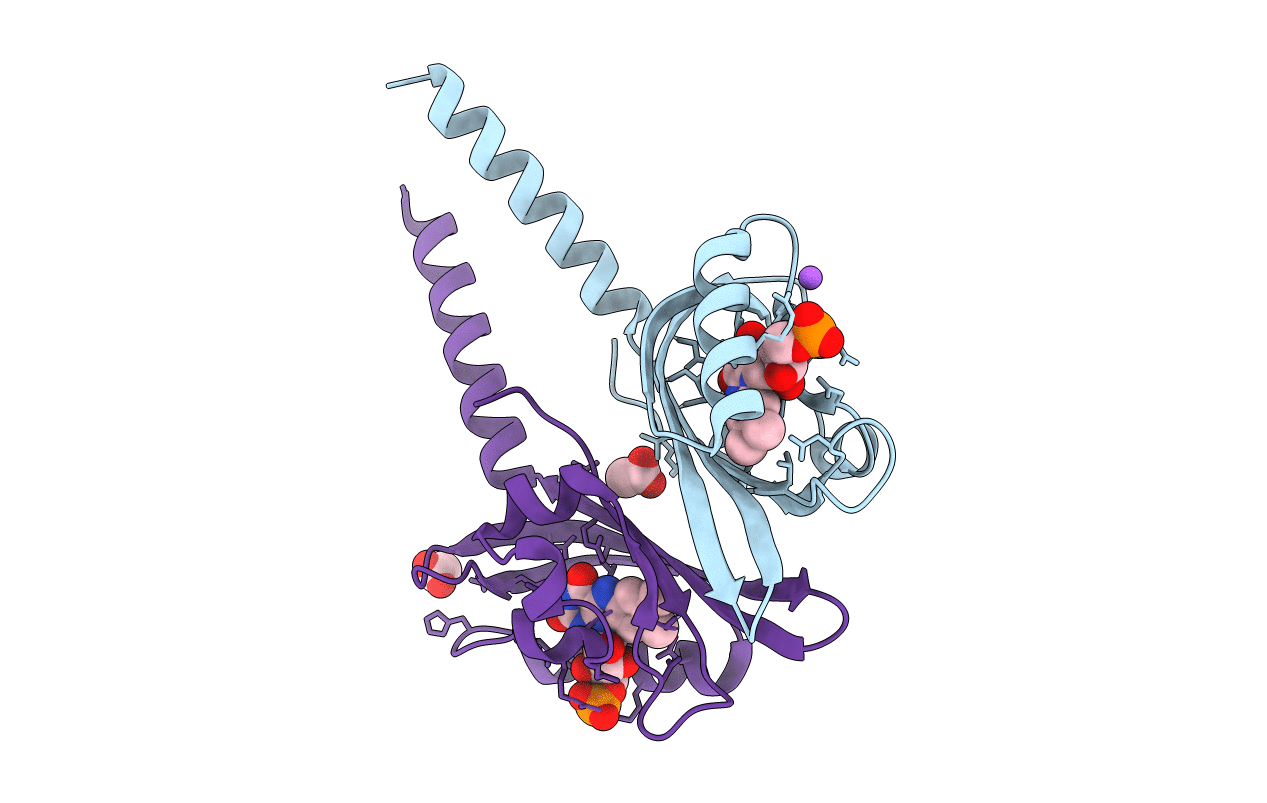
Deposition Date
2007-05-03
Release Date
2007-08-07
Last Version Date
2024-02-21
Entry Detail
PDB ID:
2PR5
Keywords:
Title:
Structural Basis for Light-dependent Signaling in the Dimeric LOV Photosensor YtvA (Dark Structure)
Biological Source:
Source Organism:
Bacillus subtilis (Taxon ID: 1423)
Host Organism:
Method Details:
Experimental Method:
Resolution:
1.45 Å
R-Value Free:
0.22
R-Value Work:
0.19
R-Value Observed:
0.19
Space Group:
P 21 21 2


